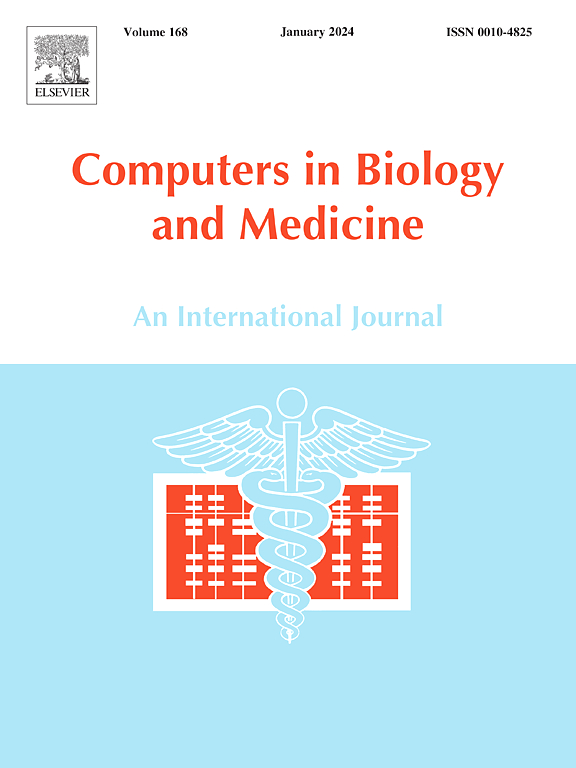非传染性疾病管理的移动应用程序:对开发方法和有效性的系统审查
IF 7
2区 医学
Q1 BIOLOGY
引用次数: 0
摘要
目的评估支持非传染性疾病自我管理的移动应用程序的最有效开发方法,并确定可提高其有效性和用户采用程度的特性。方法对2019-2024年发表的研究论文进行系统评价。该综述包括随机和准实验临床试验。检索在六个数据库(PubMed, Scopus, Scielo, CINAHL, Web of Science和Clinical Trials)中进行。使用RoB2和minor工具评估偏倚和方法学质量。该综述包括6项研究,涉及4个国家的2421名患者。应用表明,治疗依从性,自我效能和控制临床变量,如血糖和血压的改善。最有效的应用包括治疗教育、监测和提醒。但是,也注意到一些限制,包括早期发展阶段用户参与不足,这可能影响相关性和可用性。研究设计和人群的异质性,加上缺乏大规模临床试验,限制了研究结果的普遍性。此外,技术平台的可变性和标准化评估指标的缺乏使结果比较复杂化。结论以用户为中心、持续验证的慢性病自我管理移动应用程序是最有效的。尽管有这些发现,进一步的研究是必要的,以推广结果和优化这些应用集成到医疗保健系统。普洛斯彼罗注册号crd42024571644。本文章由计算机程序翻译,如有差异,请以英文原文为准。
Mobile applications for non-communicable disease Management: A systematic review of development methods and effectiveness
Aim
To evaluate the most effective development methods for mobile applications that support self-management of non-communicable diseases and to determine the features that enhance their effectiveness and user adoption.
Methods
The design was a systematic review of research papers published in the period 2019–2024. The review included randomized and quasi-experimental clinical trials. The search was performed in six databases (PubMed, Scopus, Scielo, CINAHL, Web of Science, and Clinical Trials). Bias and methodological quality were assessed using the RoB2 and MINORS tools.
Results
The review included six studies involving 2421 patients across four countries. The applications demonstrated improvements in treatment adherence, self-efficacy, and control of clinical variables such as glycemia and blood pressure. The most effective applications incorporated therapeutic education, monitoring, and reminders. However, limitations were noted, including insufficient user involvement in early development stages, which could affect relevance and usability. The heterogeneity of study designs and populations, coupled with the lack of large-scale clinical trials, limits the generalizability of the findings. Additionally, variability in technological platforms and the absence of standardized evaluation metrics complicate outcome comparisons.
Conclusion
Mobile applications for chronic disease self-management are most effective when developed with a user-centered approach and continuous validation. Despite these findings, further research is necessary to generalize the results and optimize the integration of these applications into healthcare systems.
Prospero registration number
CRD42024571644.
求助全文
通过发布文献求助,成功后即可免费获取论文全文。
去求助
来源期刊

Computers in biology and medicine
工程技术-工程:生物医学
CiteScore
11.70
自引率
10.40%
发文量
1086
审稿时长
74 days
期刊介绍:
Computers in Biology and Medicine is an international forum for sharing groundbreaking advancements in the use of computers in bioscience and medicine. This journal serves as a medium for communicating essential research, instruction, ideas, and information regarding the rapidly evolving field of computer applications in these domains. By encouraging the exchange of knowledge, we aim to facilitate progress and innovation in the utilization of computers in biology and medicine.
 求助内容:
求助内容: 应助结果提醒方式:
应助结果提醒方式:


